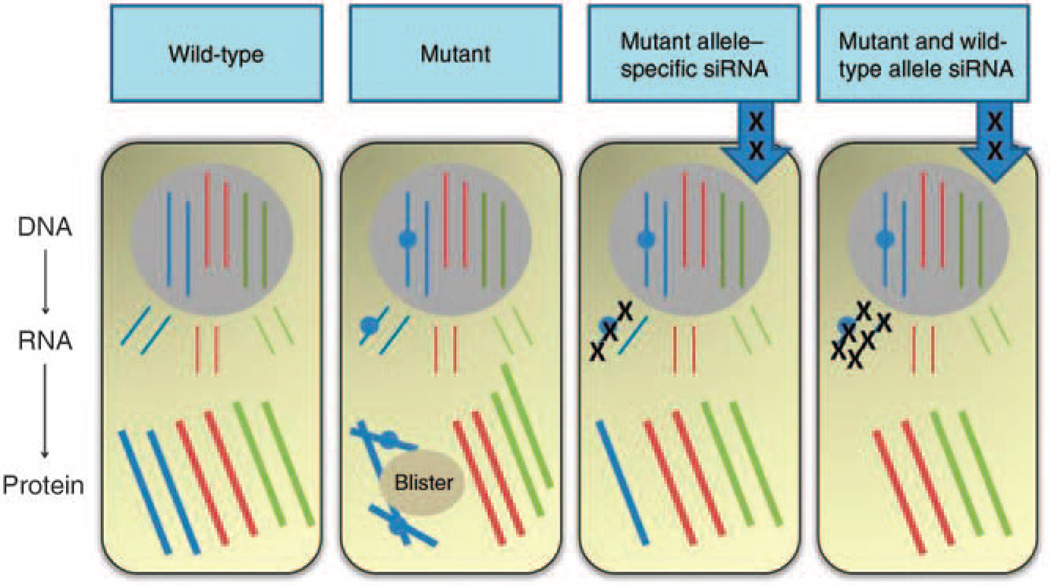Figure 2. Small interfering RNA (siRNA) strategies for autosomal dominant keratin 6a disorders by targeting either mutant or both mutant and wild-type alleles.
(a) In normal keratinocytes, synthesis of K6a (blue), K6b (red), and K6c (green) occurs; (b) in pachyonychia congenita keratinocytes with a heterozygous missense mutation in KRT6A, there is a dominant-negative interference between the wild-type and mutant K6a protein that perturbs the entire keratin network and compromises cell integrity, leading to skin blistering as a result of minor trauma; (c) one siRNA approach is to target the mutant KRT6A allele to leave only residual wild-type KRT6A allele expression; (d) an alternative siRNA strategy is to silence all KRT6A, both mutant and wild-type—blistering does not occur in the absence of K6a because of functional redundancy with K6b and K6c, allowing normal intermediate filament network integrity (reproduced from Uitto et al., 2012).

